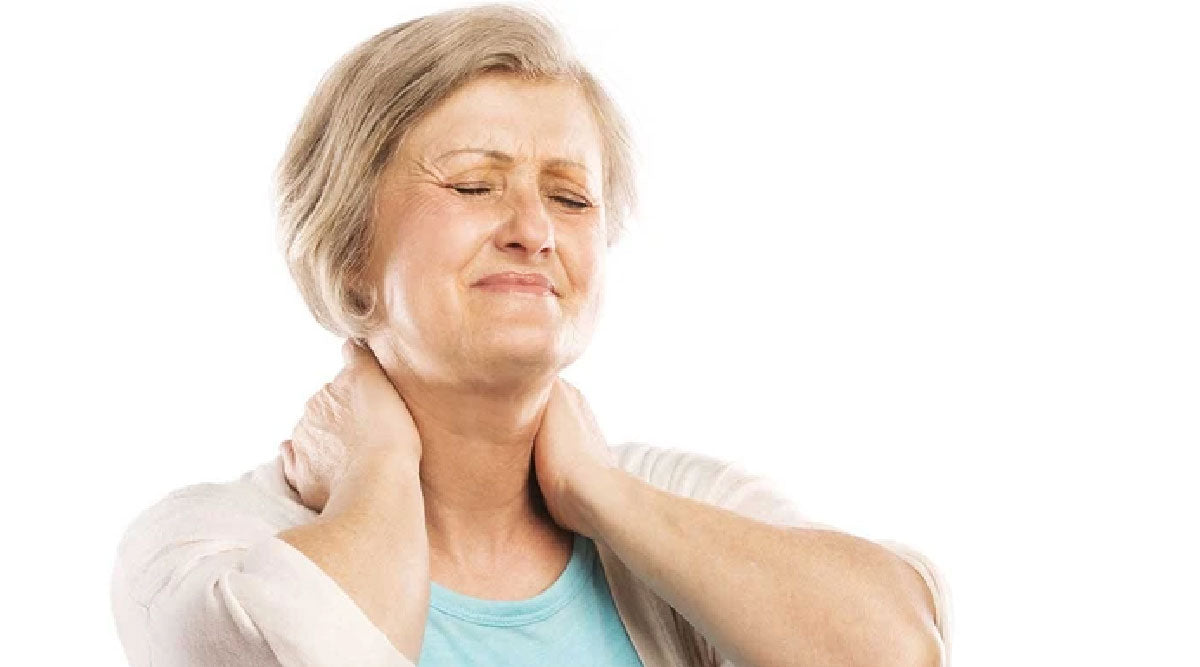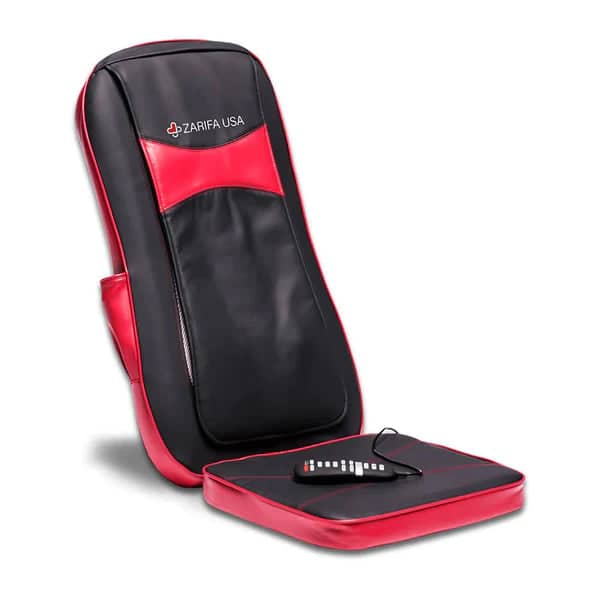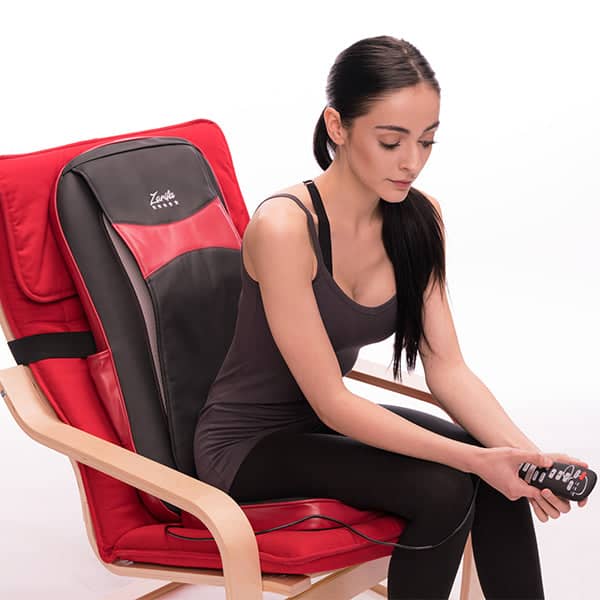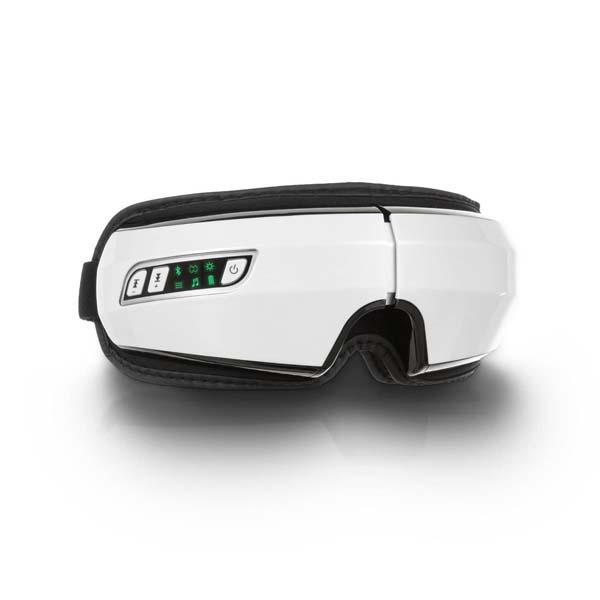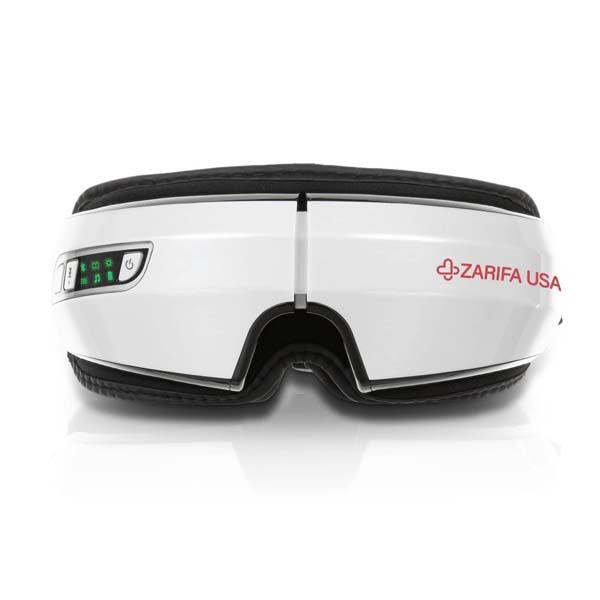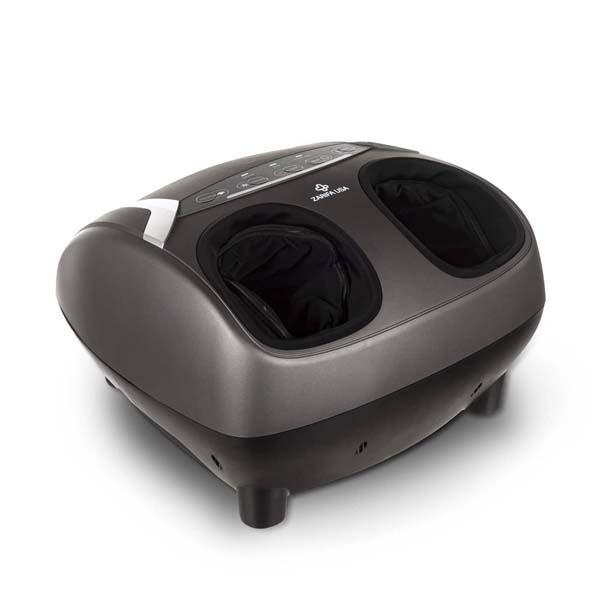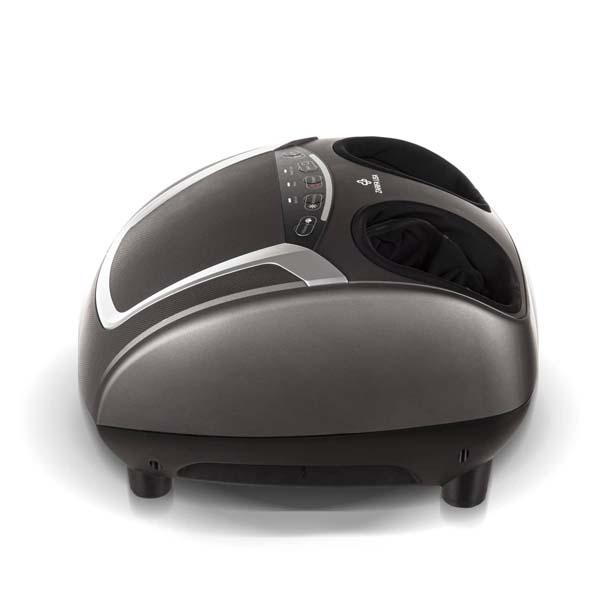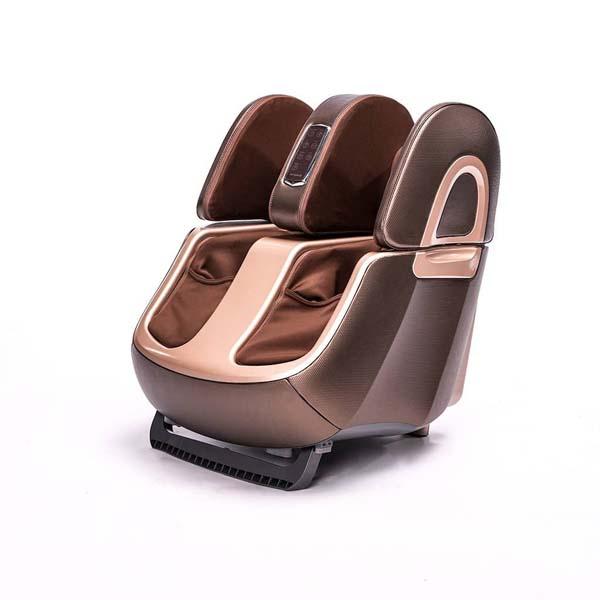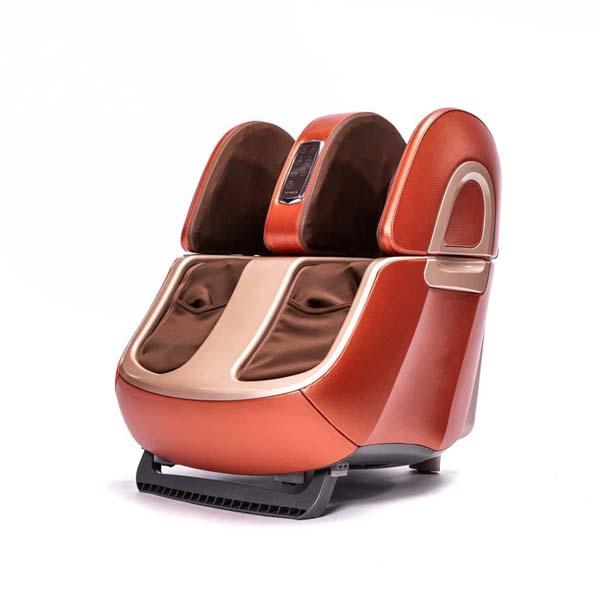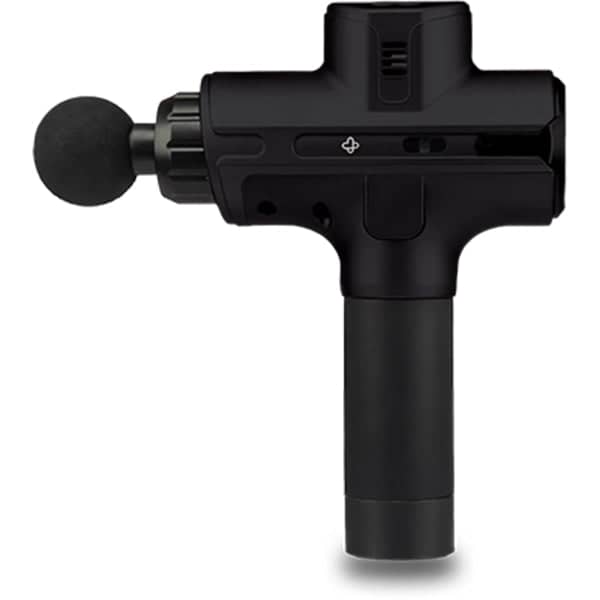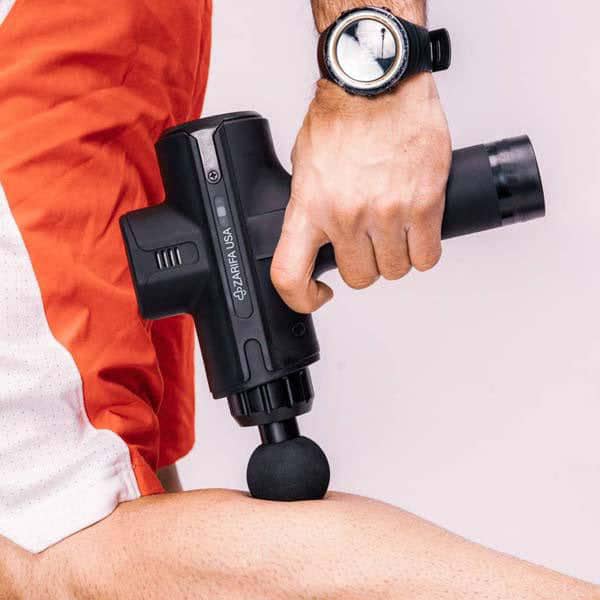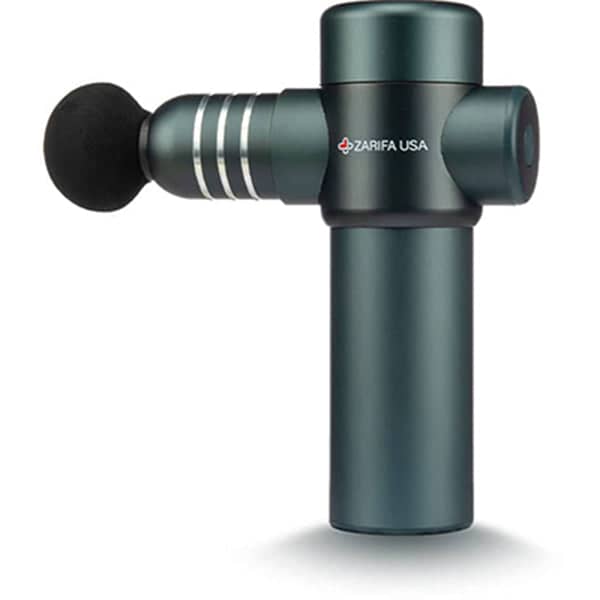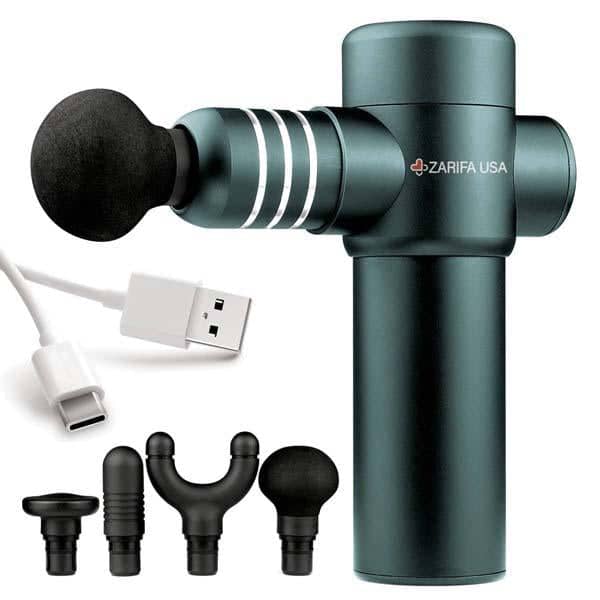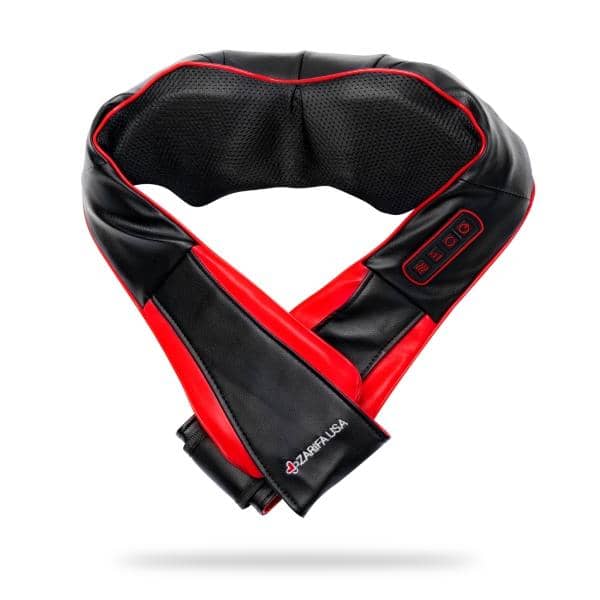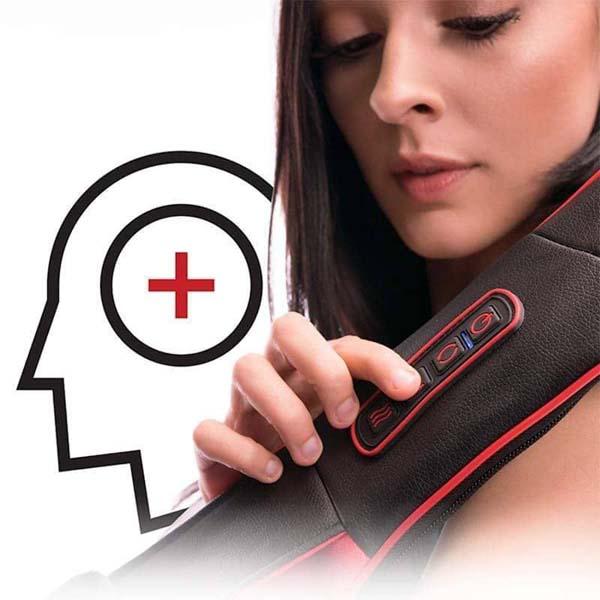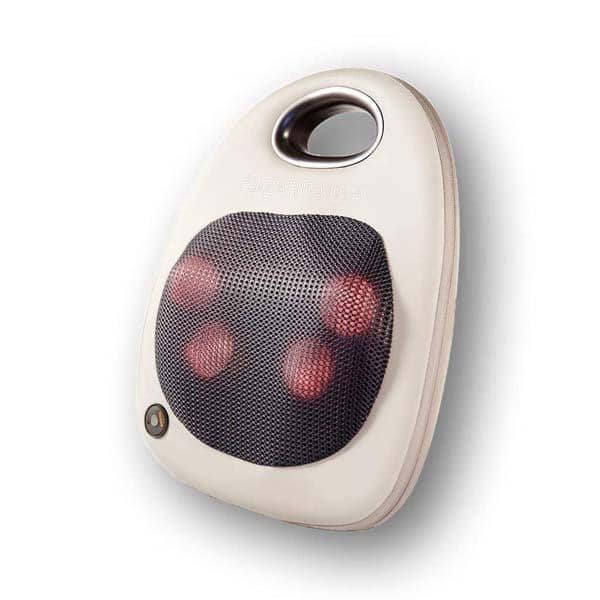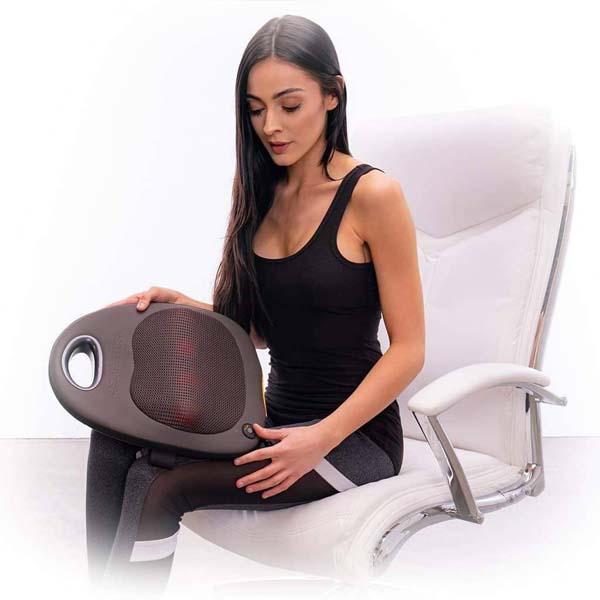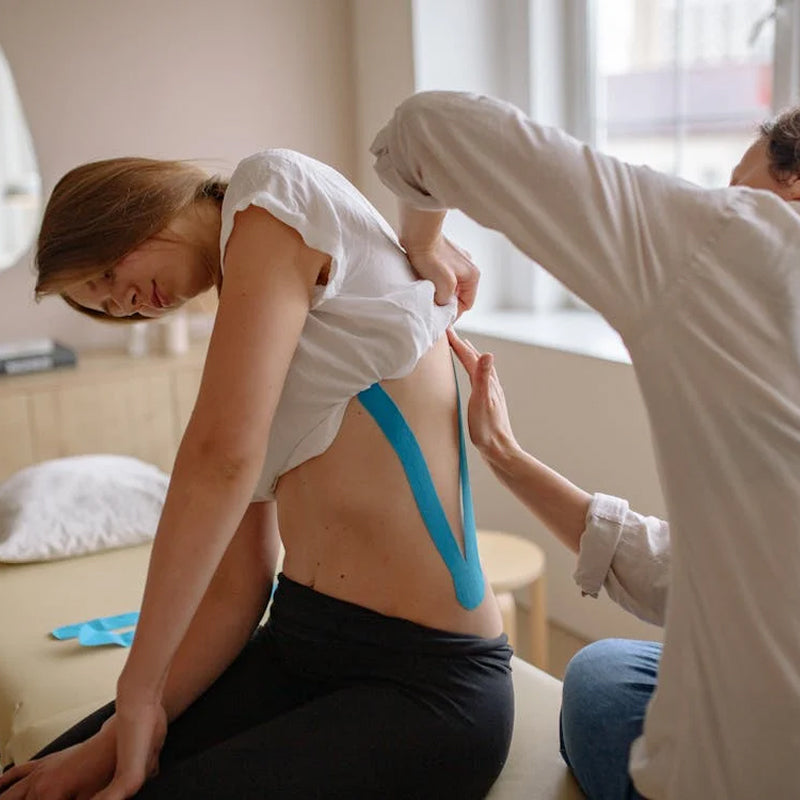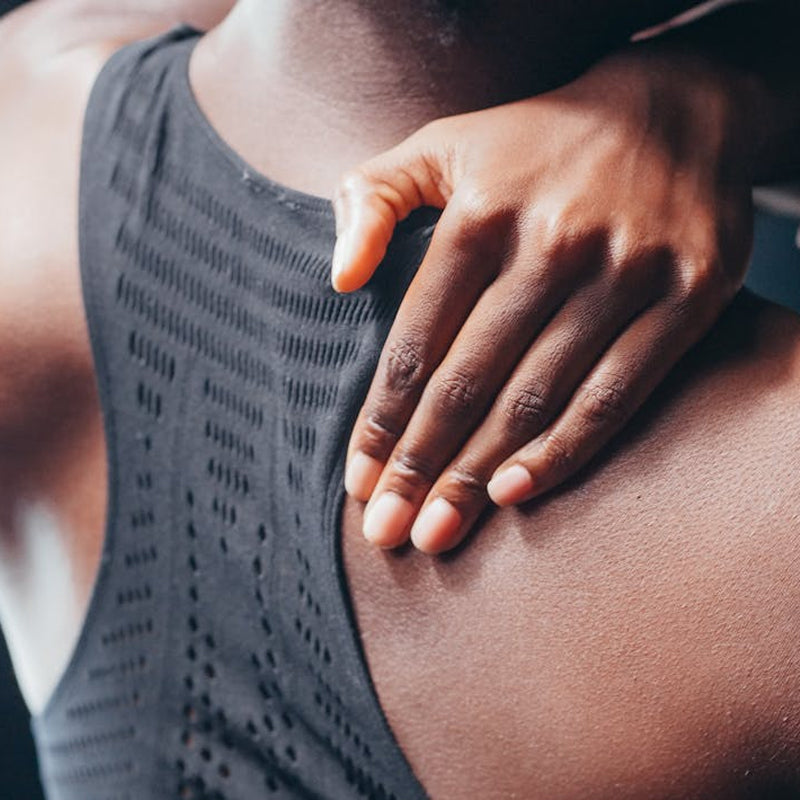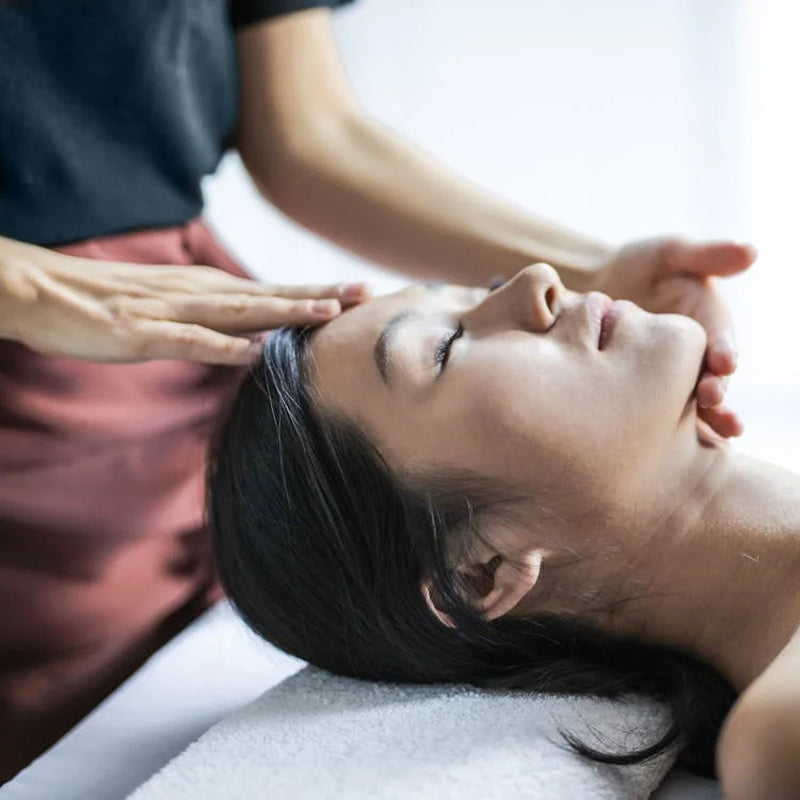Muscle knots are very common. They commonly occur in the neck and back. Have you pressed your fingers into your neck or back muscles and it hurt like crazy? That pain is probably due to a muscle knot. Let’s look at what a muscle knot is, where it can occur, and what to do about it.
The Basics of Muscles
Muscles are made up of minuscule fibers that go in all directions and are layered atop each other. They cover our bodies from our heads to our toes. Muscle knots happen when muscle fibers tighten and are not able to relax or release.
What do Muscle Knots Look Like
Muscle knots can range from the size of a pinhead to the size of a thumb. You may also notice that they appear inflamed or swollen. Muscle knots can feel tight or tense and are usually painful to touch. You may even notice a visible lump in your shoulder or neck.
The sensitive knot spots are called “trigger points” because when pushed on, pain spreads through the entire muscle area. These trigger points can send pain to areas outside of the muscle. They can even cause headaches, toothaches, or earaches. This is called referred pain.
What causes muscle knots?
Typically, the most common culprits behind muscle knots are dehydration, inactivity, injury, stress, or repetitive movements. For example, hunching over a keyboard all day, hitting a few rounds of golf, or playing tennis can cause muscle knots.
Stress is another common cause. Stressed people may clench their muscles throughout the day, leading to muscle knots.
Read more: What is Percussive Therapy and How It Helps Your Muscle?
The truth is, scientists are not completely sure how these knots form. Experts believe they are a result of a combination of contributing factors listed above.
Most people have experienced muscle knots and know how painful they can be. These muscle knots often take a long time to go away. There is a reason for that.
Muscle knots consist of a whole bunch of muscle fibers. Knots cause decreased blood flow, oxygen, and nutrients in the area. This can lead to a buildup of toxins and waste.
Read more: Restless leg syndrome
Are knots in the neck and shoulders related?
Your neck is connected to your shoulders. If one muscle group has a knot, the whole area can feel tense and tight. You may notice muscle knots on their shoulder blades after a stressful day of sitting at your computer, or you may have noticed a few muscle knots in the back of your neck.
So, are the knots in the neck and shoulders related or is it a coincidence? It's not a coincidence. They are related thanks to the trapezius muscle.
The trapezius muscle extends from the base of the skull, down the middle of the back, and sideways to the shoulder. You have two trapezius muscles - one on the right and one on the left.
It is one of the largest muscle groups in the body. It allows you to shrug your shoulders, tilt your head left and right, and support the weight of your arms. The trapezius muscles essentially control your upper body.
Think about all the activities you do every day. Whether it is work, exercise, or playing with your dog, you use your trapezius muscles every day. It’s not surprising then, that we hold so much tension in our neck and shoulders. This results in muscle knots.
Prevent trapezius tension
How can we take care of our trapezius muscles? Here are some tips to keep stress and tension at bay:
- Practice good posture. Keep your shoulders relaxed, sit up straight, and bring your head back.
- When talking on the phone, go hands-free whenever possible.
- While using the computer, adjust your keyboard so it is not too high.
- Use a chair with armrests when working at your desk.
Taking care of your trapezius muscles comes down to maintaining good posture. Staying mindful of this can help you avoid muscle knots in the neck and shoulders.
Home remedies for knots in your neck and shoulders
You have done all you can to keep your trapezius muscles happy, but you still have knots in your neck or shoulder blade. Fortunately, there are ways you can self-treat and prevent future muscle knots:
Massage
Apply pressure to trigger points. Get treatment from a trained massage therapist, or try it yourself at home. Simply put pressure on the trigger point or knot for five to ten seconds, and then release it.
When a muscle is tightened into a knot, it can limit blood flow in that area. The theory is when you put pressure on the knot, you further limit blood flow. When you release the pressure, blood rushes in. This increased blood flow can help the muscle relax.
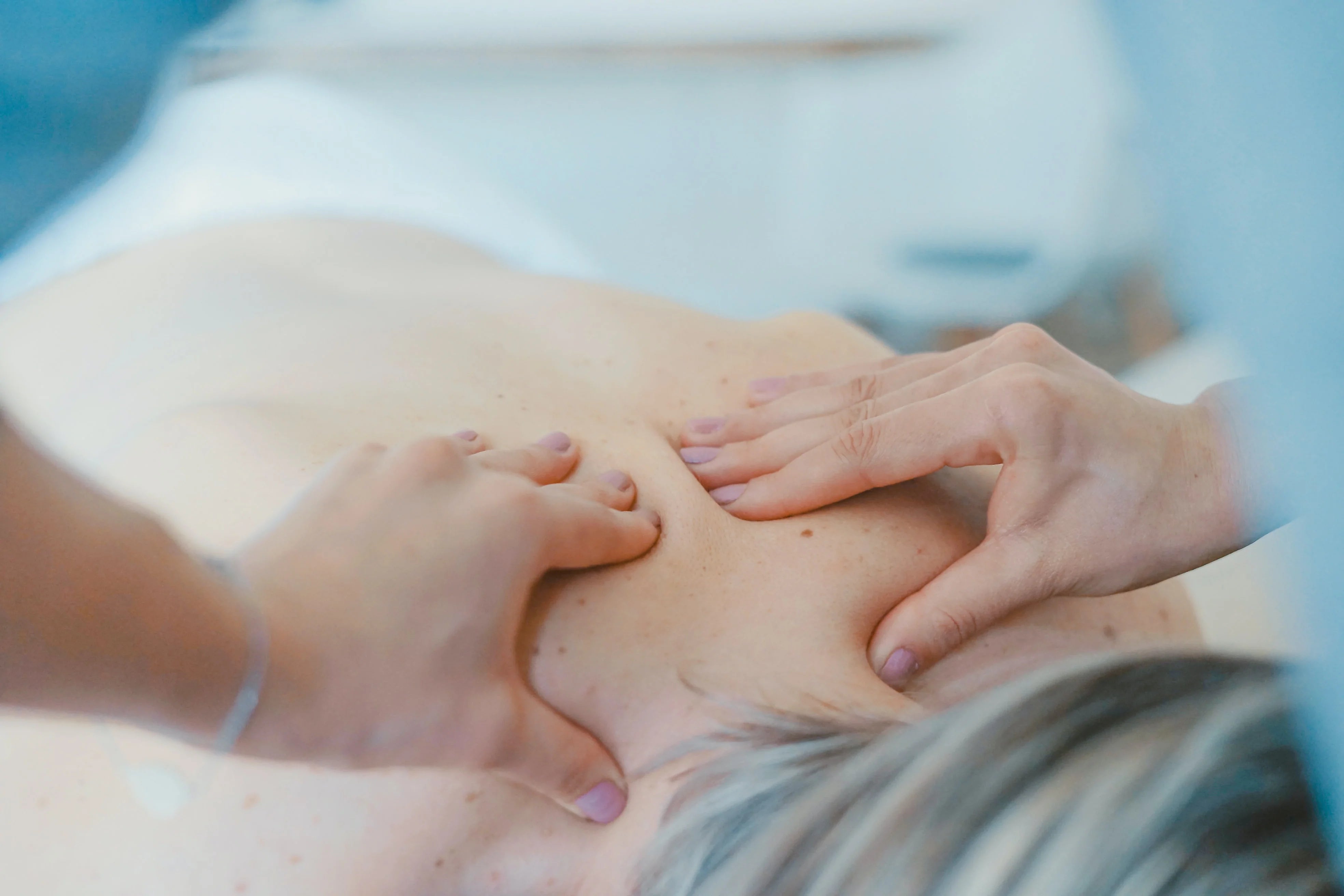
Massage Tools
Sometimes your hand just is not sufficient for working out a muscle knot, especially when it is in a hard-to-reach spot. That's when massage tools come in handy. If you’ve got a large muscle knot on your shoulder blade or recently noticed a lump in your shoulder, the Z Smart Massage Guncan easily target any areathat needs some deep tissue relief. This includes your neck, lower back, upper back, chest, arms, glutes, calves, hamstrings, IT band, and abductors. Adjust the intensity to your comfort level as you work the massage gun into the muscles and joints around your body.
Another ideal tool for shoulder knots is the Zarifa Neck & Shoulder Massager with heat. It has three intensity levels that are designed with your pain and tightness symptoms in mind. This innovative neck and shoulder massager targets sore shoulders, relieves neck spasms, and tackles back pain.
The multiple intensity levels allow you to tailor your massage experience to the different muscles of your body. Gently apply pressure to the affected area to experience deep levels of massage. Bring the benefits of myofascial release to your legs without the discomfort of a cold, metal instrument or an awkward foam roller.
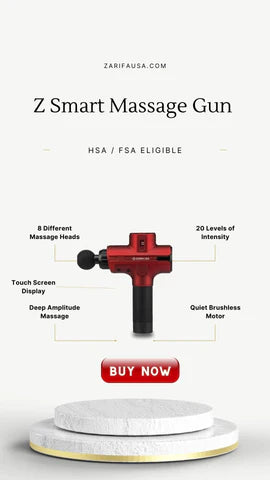
Hydration
Dehydration is a common cause of muscle knots. Make sure you are drinking enough water throughout the day. It is important to drink more water before and after workouts to prevent new muscle knots from forming.
Remember that coffee, tea, and alcohol are diuretics, meaning they cause you to lose fluid. Consuming these liquids frequently can make dehydration worse and lead to muscle knots.
Hot and cold therapy
It may be time to get out the ice and heat packs. Typically, cold compresses help to reduce swelling right after an injury. Heat works to relax and loosen stiff muscles, as well as promote increased blood flow. You can try one or the other or even alternate between both hot and cold.
Stretching
Make stretching a regular habit. Stretching helps loosen up the muscles and get your blood flowing. Stretching improves your flexibility and can help prevent knot formation.
All Zarifa USA products are HSA and FSA eligible. This means you can contribute your health savings funds towards the purchase of any of our products!
The information contained in this article is for educational and informational purposes only and is not intended as health or medical advice. Always consult a physician or other qualified health provider regarding any questions you may have about a medical condition or health objectives.

